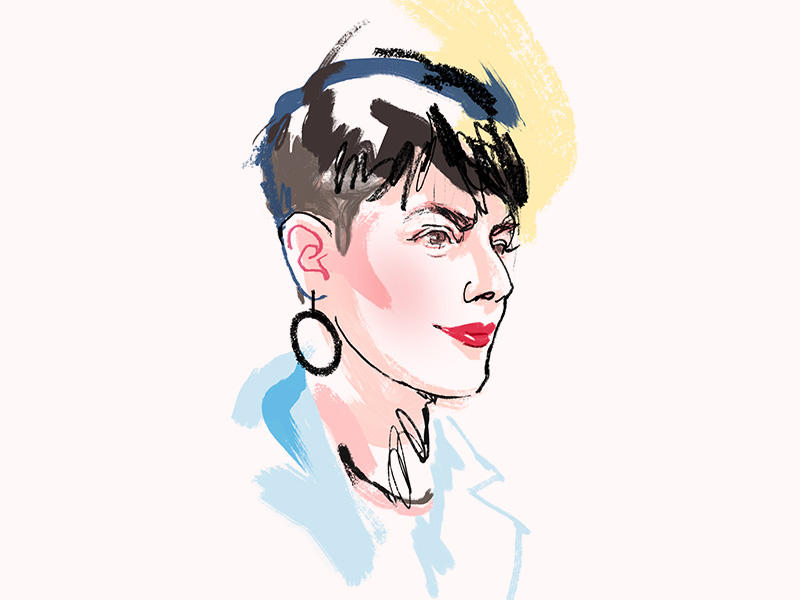Can you tell us a little about the history of celebrity?
“Fame” is a term that’s been around since the Romans. The Latin word fama meant rumor, but it could also mean great deeds that would be known for millennia. Latin lacked a distinct word, like our “celebrity,” for the trivial sort of fame that’s a flash in the pan.
Who were the early celebrities?
In what is now Europe, some of the earliest known celebrities were politicians, performers, and athletes. Several key figures in Plato’s Symposium were Athenian celebrities: the politician Alcibiades, the playwright Aristophanes, and the philosopher Socrates. Leonidas of Rhodes, a runner, held the record for most Olympic wins (twelve over four Olympic Games between 164 BC and 152 BC) until Michael Phelps surpassed him in 2016. Medieval saints were also celebrities. But people who sought fame in classical and medieval times wanted to be remembered after their deaths. The goal of modern celebrity is to be renowned during one’s lifetime.
When does fame become something akin to what we see today?
In the 1500s and 1600s, people became interested in actors, playwrights, and humanists. In the eighteenth century, increased literacy and cheaper, faster ways of printing gave us public intellectuals like Rousseau, Byron, and Voltaire. They were well known not just for what they wrote but who they were. They even had stalkers.
In your book you argue that the French actress Sarah Bernhardt (1844–1923) is the first model of modern celebrity. What made her a trendsetter?
Bernhardt became the godmother of modern celebrity because her career coincided with several inventions that she cannily used to promote herself. The rise of photography made pictures of her widely available. The penny press — cheap mass-circulation newspapers — trumpeted her every role on stage and her doings offstage. Steamship and railway travel allowed her to tour the world as few actors had before. Telegraphy was brand new, and news about her could travel faster. Almost everyone had heard of her, read about her, or seen her picture.
Are you saying that actors are the most likely to achieve fame?
Not really; the same technologies helped many sorts of people become famous. The inventor Thomas Edison used photography and the press to promote himself; so did the showman P. T. Barnum. Politicians, monarchs, authors, and athletes were also celebrities. For decades, boxing was a huge sport and there were people who could name all the boxers but not the current president.
How do people break through now?
Courting controversy and generating scandal always work, but you have to be expert at using the most popular media of the day. Kim Kardashian started by attaching herself to the more famous Paris Hilton. Then she turned to reality TV, using it to create a sense of intimacy with viewers. She then quickly figured out how to move between a serial TV show and the faster-paced world of social media. If you want to hold people’s attention now, you have to understand how easily distracted people are and accommodate that.
How do things stand today?
Today you have so-called microcelebrities, for example those who are famous on YouTube. Some have ten million followers or more, yet many of us have never heard of them. I think it’s going to be interesting to see what happens to celebrity culture when it ceases to be a set of common reference points. In 1964, you could be a seventy-five-year-old who didn’t like the Beatles, but you knew who they were. Celebrity is no longer a common bond uniting generations.
What’s next?
Many celebrities have begun to limit their publicity after they become iconic. Lady Gaga and Rihanna and Katy Perry tweet less frequently now that they have become Twitter superstars. Even Kim Kardashian is scaling back her digital presence — she recently gave an interview to Vanity Fair, a “heritage” media brand, in a bid to be taken more seriously. The new prestige could involve limiting access rather than providing it.
This article appears in the Fall 2019 print edition of Columbia Magazine with the title "The Fame Game."



